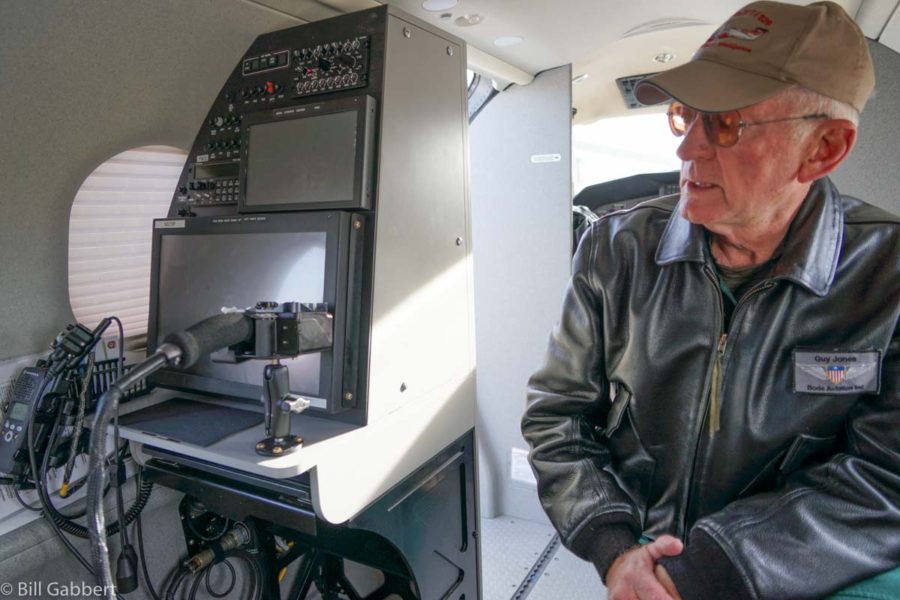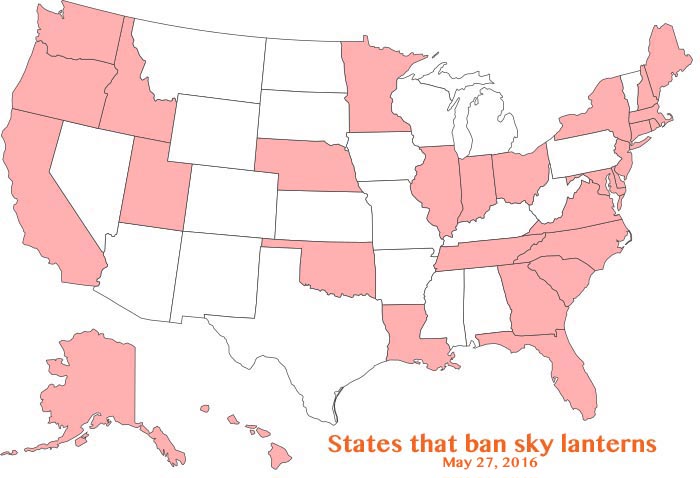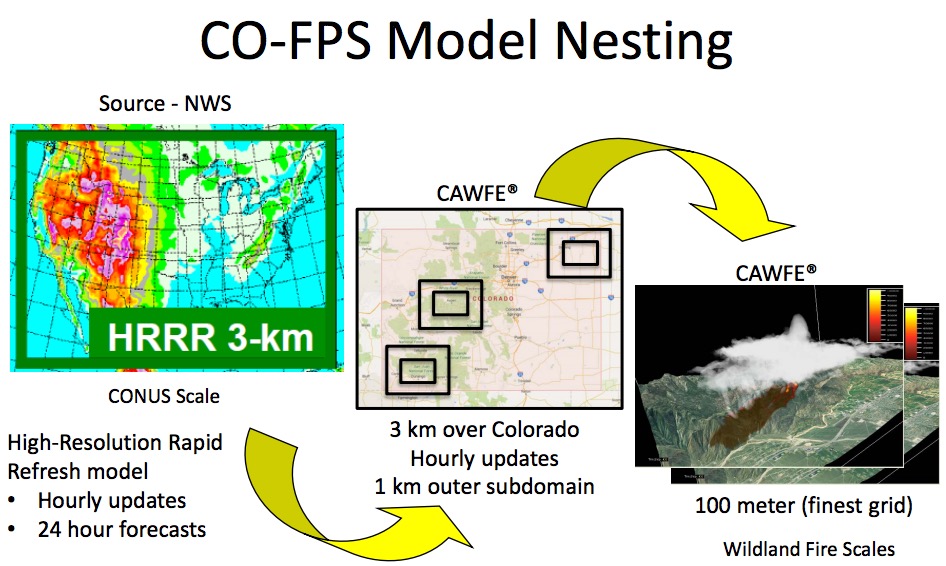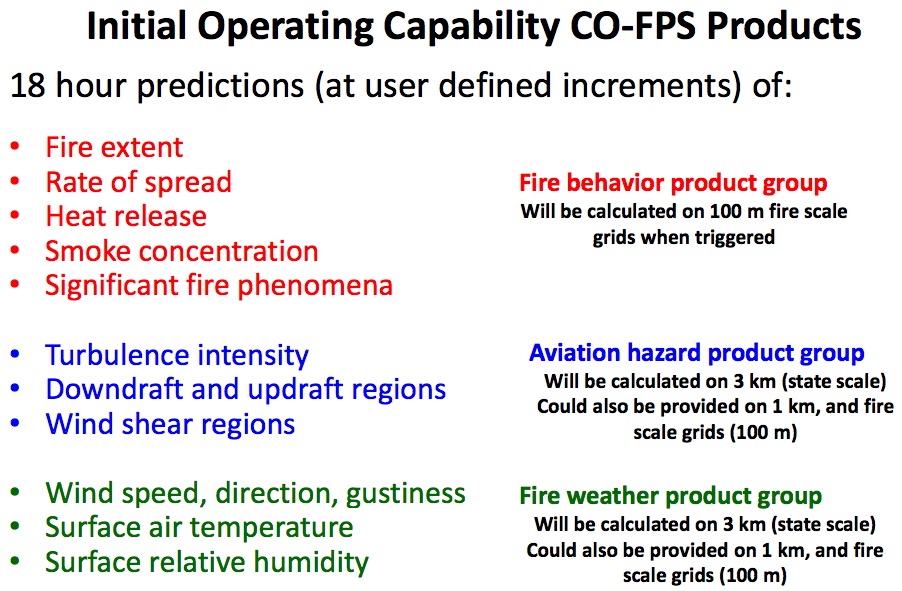Above: One of Colorado’s two Pilatus PC-12 “Multi-mission Aircraft” at McClellan Air Field, March 23, 2016. Photo by Bill Gabbert.
Colorado’s Center of Excellence for Advanced Technology Aerial Firefighting is requesting information from vendors who could supply equipment that would transmit from aircraft near real-time information about wildfires directly to firefighters on the ground.
The state’s Division of Fire Prevention and Control recently acquired two Pilatus PC-12 Multi-Mission Aircraft. Sensors on the planes can detect and map the location of fires and transmit near real-time spatial data, still images, and short video clips to the Colorado Wildfire Information Management System (CO-WIMS), a web-based situational awareness platform. Fire managers can log into CO-WIMS to view fire perimeters and the other data generated by the aircraft. Firefighters on the ground who have access to the system can view the information as long as they have a good 4G cellular connection. However, many remote areas do not have cellular service.
Colorado’s Request for Information is asking for descriptions and prices of systems that could get this data directly into the hands of firefighters actively engaged in suppressing a fire. Responses are due by June 13, 2016.
This could supply half of the Holy Grail of Wildland Firefighter Safety, providing to firefighters near real-time information about the location of a fire. The other half is near real-time information about the location of firefighters.

Thanks and a tip of the hat go out to Bean.









